Introduction
Cooking glutinous rice balls, or tangyuan as they are traditionally known in Chinese cuisine, is a delightful culinary experience that signifies unity, harmony, and togetherness, especially during festive occasions. These sweet, chewy morsels filled with various sweetenings such as red bean paste, sesame, or even chocolate, are a beloved treat across Asia. However, one common challenge faced by both novice and experienced cooks alike is preventing the tangyuan from sticking to the pot during the cooking process. This guide aims to demystify the art of cooking glutinous rice balls without sticking, ensuring a smooth and enjoyable cooking experience every time.
Understanding the Ingredients
Before diving into the cooking techniques, it’s crucial to understand the key ingredient: glutinous rice flour. Unlike regular rice flour, glutinous rice flour contains a higher percentage of amylopectin, a type of starch that gives it its sticky, chewy texture when cooked. This characteristic is what makes tangyuan so delightful to eat but also prone to sticking to surfaces, including pots and utensils.
Preparation Tips
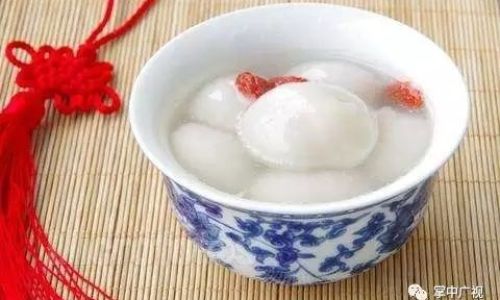
-
Quality of Flour: Start with high-quality glutinous rice flour. Poor-quality flour can contain impurities or have an inconsistent texture, making it more difficult to work with.
-
Water Temperature: Use warm water, not hot or cold, when mixing the flour. Warm water helps activate the starches more evenly, resulting in a smoother dough.
-
Kneading Technique: Knead the dough gently but thoroughly until it becomes smooth and elastic. Over-kneading can make the dough too sticky, while under-kneading can lead to a crumbly texture.
-
Resting Period: Allow the dough to rest for about 15-20 minutes after kneading. This helps the gluten develop further, making the dough less prone to sticking and easier to roll into balls.
Shaping the Tangyuan
-
Powdering: Lightly dust your work surface and hands with a bit of extra glutinous rice flour before rolling out the dough. This acts as a natural non-stick agent.
-
Size Consistency: Aim for uniformly sized balls. This not only ensures even cooking but also reduces the chances of some balls sticking together or to the pot due to varying cooking times.
-
Chilling: If the dough becomes too sticky during shaping, you can chill it in the refrigerator for a few minutes. This firms up the dough temporarily, making it easier to handle.
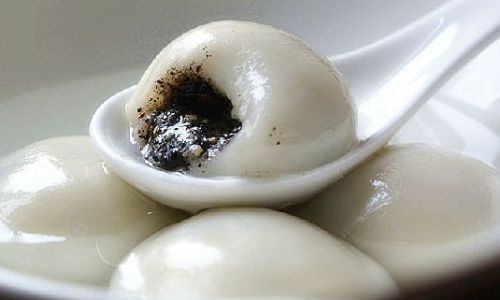
Cooking Techniques
Boiling Method
-
Water Volume: Use a large pot filled with enough water to fully submerge the tangyuan with plenty of room to spare. Crowded pots increase the likelihood of sticking.
-
Water Temperature: Bring the water to a gentle boil before adding the tangyuan. Boiling water helps set the outer layer of the tangyuan quickly, preventing it from sticking to the pot.
-
Gentle Stirring: Once the tangyuan are added, stir gently with a wooden spoon or spatula to prevent them from sticking to the bottom or sides of the pot. Avoid using metal utensils, as they can scratch the pot’s surface and promote sticking.
-
Water Addition: If the water level drops significantly during cooking, add hot water rather than cold to maintain the boil without shocking the tangyuan.
-
Cooking Time: Cook the tangyuan until they float to the surface. This usually takes around 3-5 minutes, depending on their size. Once they float, give them an additional minute or two to ensure they are fully cooked inside.
Simmering Method
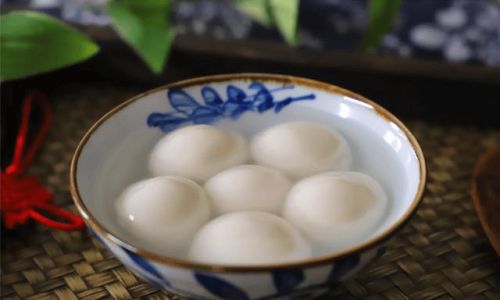
For a gentler cooking approach, you can simmer the tangyuan instead of boiling them. This method is particularly useful if you’re worried about the tangyuan breaking apart.
-
Reduced Heat: Bring the water to a boil, then reduce the heat to a simmer before adding the tangyuan.
-
Stirring Frequency: Stir occasionally rather than continuously to avoid disrupting the tangyuan’s shape.
-
Monitoring: Keep a close eye on the pot to ensure the water doesn’t evaporate too much and to catch any tangyuan that might stick to the bottom before it becomes a problem.
Post-Cooking Care
-
Draining: Once cooked, use a slotted spoon to gently remove the tangyuan from the pot. Shake off excess water but avoid pressing down on them, as this can cause them to stick together.
-
Cooling: Place the cooked tangyuan on a plate lined with parchment paper or a clean kitchen towel to prevent sticking. You can also lightly dust them with a bit more glutinous rice flour if needed.
-
Serving: Serve immediately while hot or let them cool to room temperature for a different texture. If storing for later use, refrigerate in a single layer to avoid sticking and reheat gently before serving.
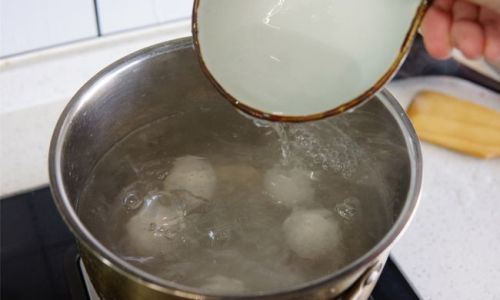
Troubleshooting Common Issues
-
Sticky Dough: If the dough is too sticky, you may need to add a bit more glutinous rice flour. Conversely, if it’s too dry, add a teaspoon of warm water and knead until combined.
-
Tangyuan Sticking to Each Other: Ensure they are well-separated during shaping and cooking. Lightly dusting with flour or using a parchment-lined tray can help.
-
Broken Tangyuan: If they break apart during cooking, they may have been over-handled or under-rested. Gentle handling and a proper resting period can prevent this.
Conclusion
Cooking glutinous rice balls without sticking is an achievable goal with the right knowledge and techniques. By paying attention to the quality of ingredients, proper preparation, shaping, and cooking methods, you can enjoy perfectly cooked tangyuan that are neither stuck to the pot nor to each other. Remember, practice makes perfect, and with each batch, you’ll gain more confidence and skill in mastering this delightful culinary art. So, gather your ingredients, roll up your sleeves, and embark on a journey of creating sweet, sticky, and perfectly cooked glutinous rice balls that will delight your family and friends. Happy cooking!
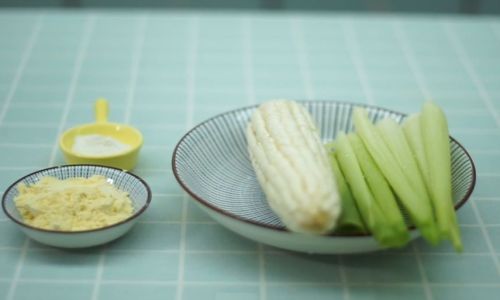
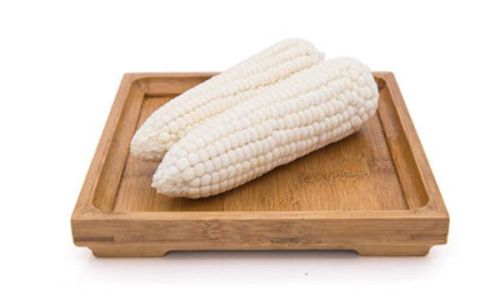
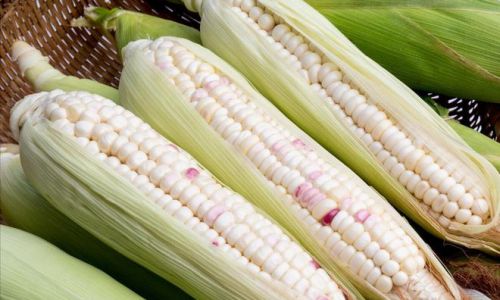
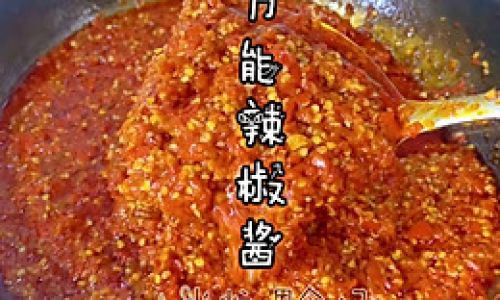
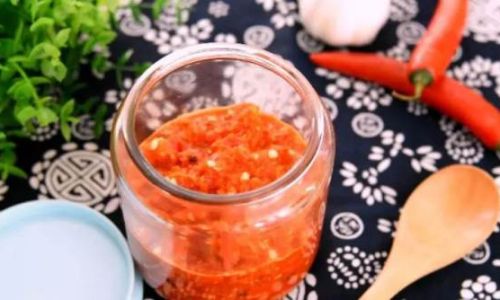
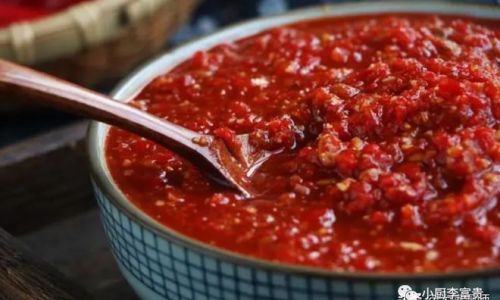
0 comments